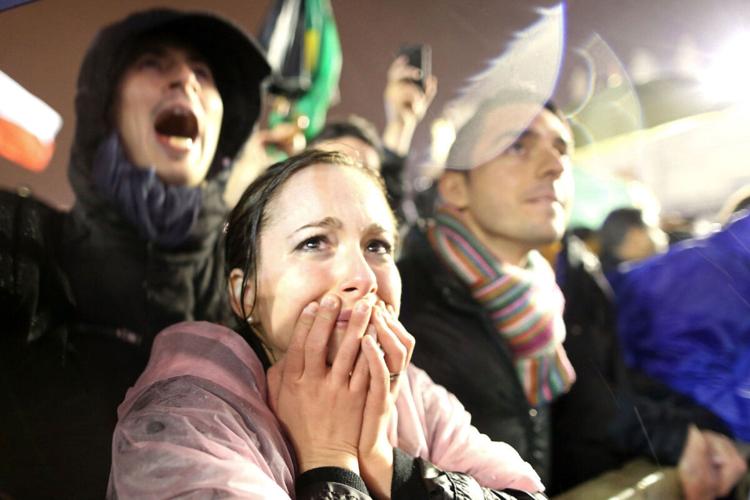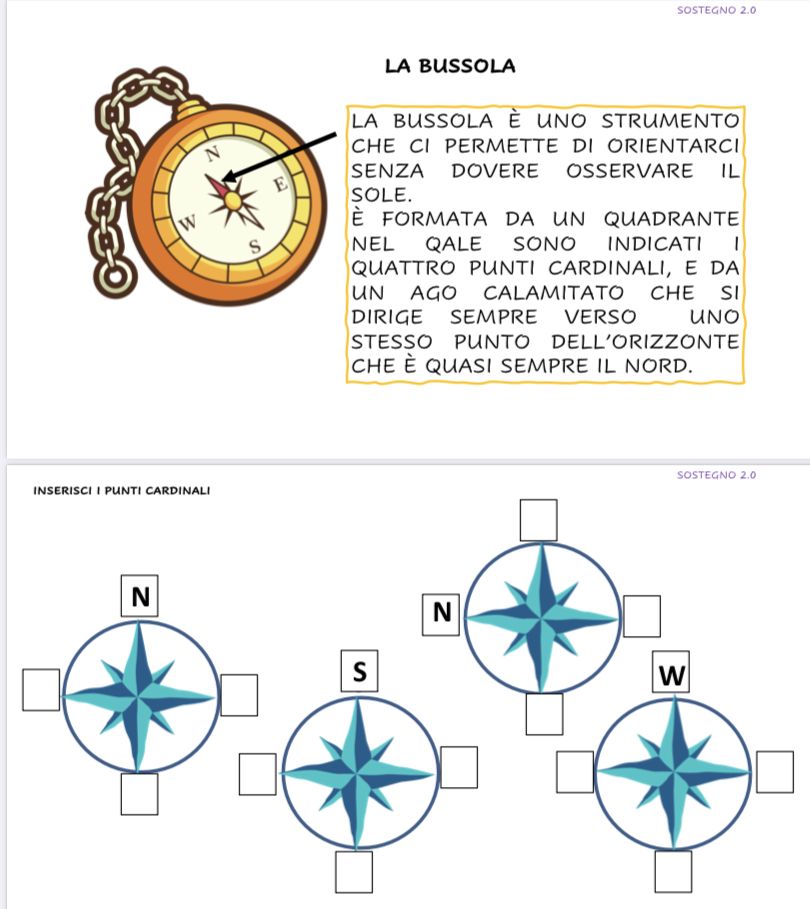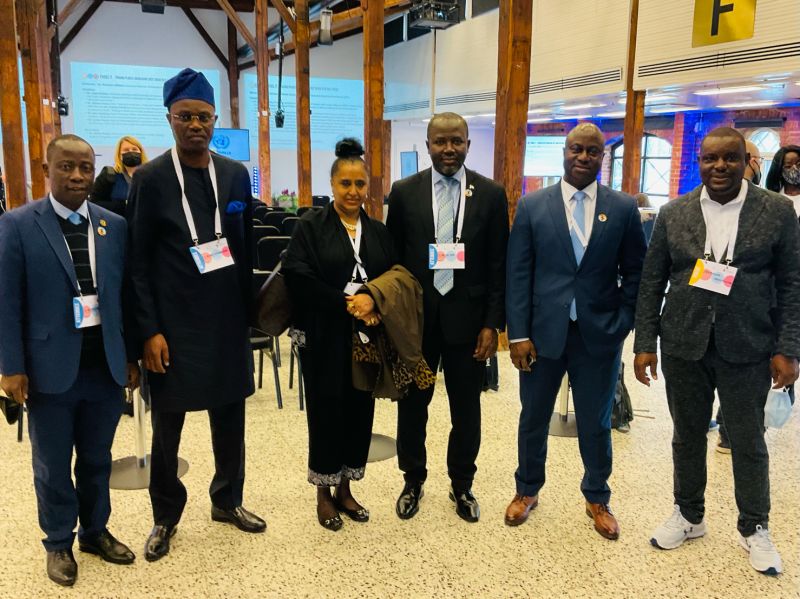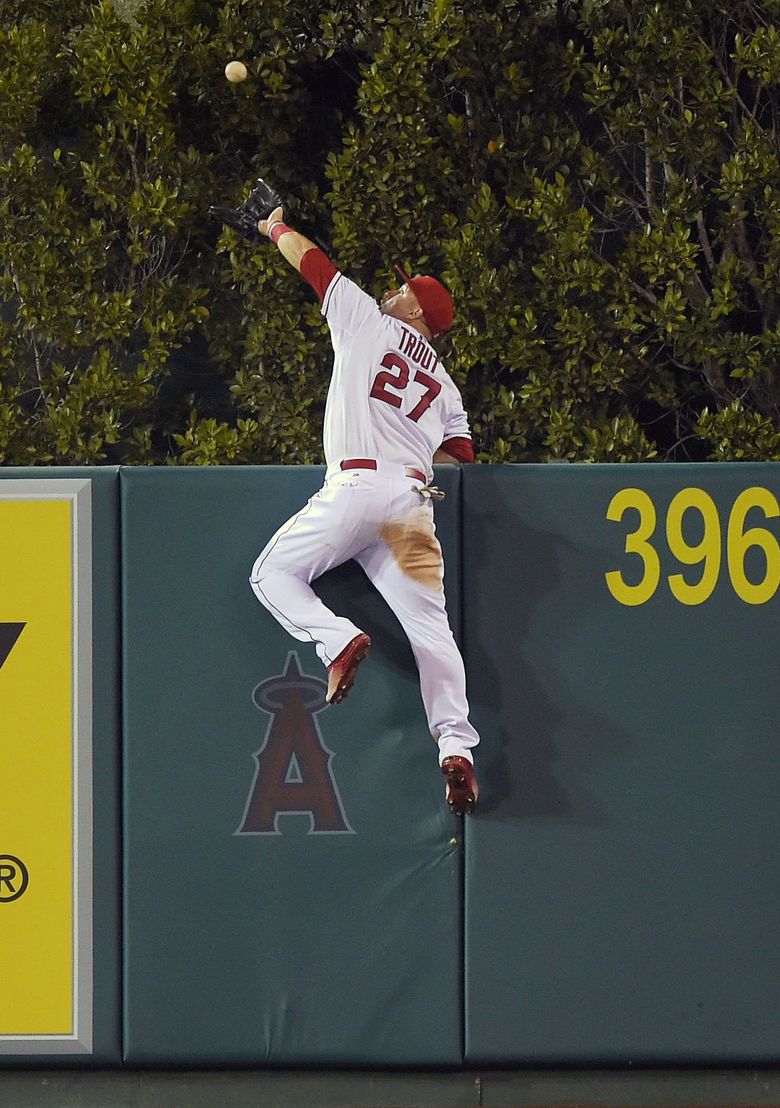Understanding The Conclave: How The Next Pope Is Chosen

Table of Contents
The Pre-Conclave Period: Preparing for the Election
The path to a new papal election begins with the death or resignation of the reigning Pope. This triggers a period known as sede vacante (the vacant see), a time of transition and preparation for the conclave. During this crucial period, several key events unfold:
-
The Role of the College of Cardinals: The College of Cardinals, composed of high-ranking clergy appointed by the Pope, assumes responsibility for governing the Church during the sede vacante. They oversee the day-to-day operations of the Vatican and make preparations for the upcoming conclave.
-
The Sede Vacante Period: This interim period is marked by a profound sense of anticipation and reflection within the Catholic world. It is a time of prayer and contemplation as the faithful await the selection of their new spiritual leader. The absence of a Pope underscores the significance of the conclave and its crucial role in maintaining the Church's continuity.
-
The Importance of the Consistory: A consistory, a formal meeting of the cardinals, may be held to discuss matters related to the upcoming conclave and to set the date for the election. This gathering allows the cardinals to strategize and discuss the challenges facing the Church, informing their choices during the selection process. The consistory helps establish a framework for the smooth transition of leadership.
-
Papal Resignation: The process also applies when a Pope resigns, as seen with Pope Benedict XVI in 2013. This relatively modern development has added another layer of complexity to the already intricate process. The mechanics of a resignation-driven conclave largely follow the same procedures as those initiated by a papal death, with some minor adjustments to address the unique circumstances.
The Conclave Itself: Secrecy and the Election Process
The conclave takes place in a highly secure and isolated environment, traditionally the Sistine Chapel within the Vatican. Strict rules govern this process, ensuring secrecy and minimizing external influence.
-
Secrecy and Isolation: The cardinals are sequestered within the conclave, cut off from the outside world. This isolation aims to foster focused deliberation and prevent undue external pressure. Communication with the outside world is strictly limited, reinforcing the sanctity and importance of the process.
-
The Voting Process: Cardinals cast secret ballots, expressing their preferences for the next Pope. A two-thirds majority is required for election. The ballots are meticulously collected and counted by appointed scrutineers. Unsuccessful ballots are burned, resulting in black smoke, while a successful vote yields white smoke, signaling the election of a new Pope.
-
The Role of Scrutineers: These officials play a vital role in ensuring the fairness and secrecy of the voting process. Their careful counting of votes is crucial to determining whether a two-thirds majority has been reached.
Understanding the Voting Process in Detail
The secret ballot is central to the conclave's integrity. Each cardinal writes their choice on a ballot and places it in a designated box. The process is repeated until a candidate secures the necessary two-thirds majority. If no candidate reaches this threshold, the process continues with further ballots until a decision is reached. The use of the secret ballot guarantees freedom of conscience and minimizes pressure on individual cardinals.
The Election of the New Pope: Announcement and Inauguration
The moment the required majority is reached, the announcement of the new Pope follows. The iconic phrase, "Habemus Papam!" ("We have a Pope!") echoes through St. Peter's Square, marking a momentous occasion for the Catholic Church and the world.
-
Global Impact: The announcement of a new Pope has profound global implications. It is a pivotal moment that affects millions of Catholics and influences international relations.
-
Papal Inauguration: The newly elected Pope is then officially inaugurated in a ceremony filled with tradition and symbolism. This public event marks the formal beginning of his papacy.
-
First Actions and Responsibilities: The new Pope's initial actions and pronouncements often set the tone for his papacy and establish his priorities for the Church. These actions showcase his vision for the future of the Catholic faith.
The History and Evolution of the Conclave
The conclave's procedures have evolved over centuries. Early conclaves were often characterized by political maneuvering and even violence. Over time, the process has become increasingly regulated, emphasizing secrecy and fairness. Historical events, such as the Great Western Schism, significantly influenced the evolution of the conclave, leading to reforms aimed at preventing future divisions within the Church. Studying the history of the conclave illuminates the development of the process and the challenges faced by the Catholic Church throughout the ages.
Conclusion: Understanding the Conclave: A Timeless Tradition
Choosing the next Pope, a process as old as the Church itself, is a complex and fascinating ritual. From the pre-conclave preparations to the momentous announcement of "Habemus Papam!" and the subsequent inauguration, the conclave showcases the enduring traditions of the Catholic Church. Its secrecy and solemnity are integral to its purpose: ensuring the smooth transition of leadership and maintaining the Church's continuity. The conclave is more than just an election; it is a testament to the deep-rooted history and enduring faith of Catholicism. Deepen your understanding of the Papal election process by exploring our other articles on Vatican history and the lives of past Popes. Learn more about the intricacies of the conclave by visiting [link to relevant resource].

Featured Posts
-
 Papa Francesco La Mappa Dei Cardinali E Il Futuro Della Chiesa
May 07, 2025
Papa Francesco La Mappa Dei Cardinali E Il Futuro Della Chiesa
May 07, 2025 -
 Jenna Ortegas Exit From Scream 7 The Real Reason Revealed
May 07, 2025
Jenna Ortegas Exit From Scream 7 The Real Reason Revealed
May 07, 2025 -
 Press Release Ldcs Future Forum 2025 In Zambia Building Resilient Futures For Least Developed Countries
May 07, 2025
Press Release Ldcs Future Forum 2025 In Zambia Building Resilient Futures For Least Developed Countries
May 07, 2025 -
 March Madness Trademark Survival Guide Protecting Your Intellectual Property
May 07, 2025
March Madness Trademark Survival Guide Protecting Your Intellectual Property
May 07, 2025 -
 Mariners Spectacular Catch Vs Giants A Game Defining Moment
May 07, 2025
Mariners Spectacular Catch Vs Giants A Game Defining Moment
May 07, 2025
